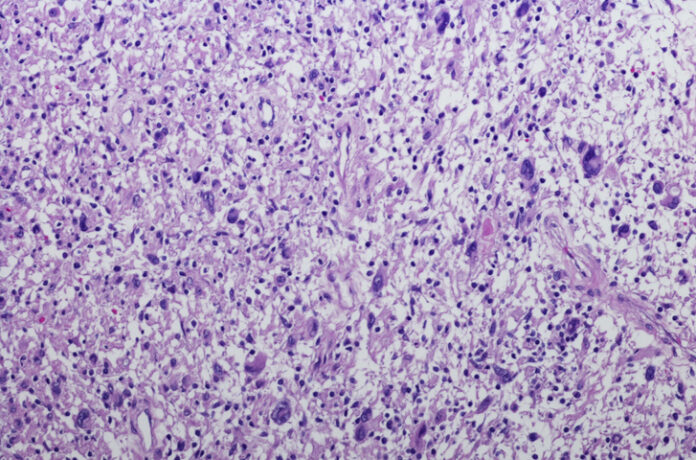HBV infection has been the focus of clinical attention [13], and without timely and effective antiviral therapy patients with CHB can progress to cirrhosis or even hepatocellular carcinoma [14]. Monitoring the level of liver fibrosis in patients is essential for clinical management and prognosis judgment of patients with CHB. Currently, liver fibrosis is assessed primarily by pathological examination, imaging, serology and non-invasive model diagnosis. Liver biopsy is the gold standard for evaluating liver disease and assessing liver injury; however, it is an invasive operation with possible complications such as pain, bleeding, and infection, and the high cost of liver biopsy has prevented the full implementation of this technique in primary care hospitals; therefore, it has not been widely used in clinical practice. In order to overcome these limitations, much research has been carried out in the area of noninvasive fiber detection, including imaging evaluation such as transient elastography, shear wave elastography, and magnetic resonance elastography which are gradually being introduced into clinical practice [14,15,16,17]; however, due to the high cost of equipment, they are still not available in most primary hospitals in China. Therefore, compared to invasive and imaging-based tests, non-invasive fibrosis assessment based on serologic tests has been commonly used by Chinese scholars.
Fibroscan is a commonly used test for liver diseases in recent years, mainly evaluating the hardness and fat content of the liver. It has certain reference value for some chronic liver diseases, but it can not be widely carried out in primary hospital in China. Every patient can easily get a blood test, so the current common diagnostic models for the assessment of the degree of liver fibrosis in patients with CHB include APRI, FIB-4, and GPR are easier to be widely used [18]. Previous clinical reports have shown that these have good predictive diagnostic value for different stages of liver fibrosis, and APRI and FIB-4 are simple to calculate, and obtaining ALT, AST, and PLT is sufficient [18,19,20,21]. In this study, patients with CHB were divided into two groups based on the results of liver biopsy: patients with non-significant fibrosis (control group) and patients with advanced fibrosis. The results showed that there was a statistical difference between the two groups in age, PT, ALT, AST, AST/ALT, GGT, APRI, FIB-4 and GPR (P
ALT and AST are among the most sensitive indicators of liver injury and are widely used in the evaluation of clinical liver function and the degree of injury. ALT and AST are mainly distributed in the hepatocyte cytoplasm and AST is significantly correlated with the necrosis of hepatocytes [22]. Xiyao et al. showed that in patients with primary hepatocellular carcinoma associated with hepatitis B with different liver disease bases, AST/ALT has a significant predictive value for disease changes [23].
The GPR model is a novel noninvasive assessment model for apparent cirrhosis in chronic HBV-infected patients proposed recently by Lemoine et al., and the degree of liver fibrosis was assessed using both GGT and PLT data.24 This study showed that the GPR had significant differences between advanced fibrosis group and control group, with significantly higher GPR was observed in advanced fibrosis group. This GPR demonstrates markedly superior predictive performance compared to other three noninvasive models in this study, with an AUC was 0.69 and 0.72 for significant fibrosis and advanced fibrosis, respectively. Our observed better performance of GPR was supported by three studies with smaller sample size than ours [23,24,25,26]. The performances of APRI and FIB-4 for the diagnosis of liver fibrosis is similar to our study [23,24,25,26]. However, other reports show that the performance of GPR is comparable to FIB-4 but a lower AUC for APRI [27], while another study [28] showed that the GPR did not show better diagnostic performance in predicting significant cirrhosis compared to APRI and FIB-4. The GGT is an important component of GPR and an important independent risk factor for liver fibrosis [29, 30]. The GGT levels are influenced by numerous factors such as the age and weight of the patient [31]. Difference in sample size, age and BMI of participants across studies may interpret this inconsistency. Our further analysis found that the AUC of the four noninvasive predictors, AST/ALT, APRI, FIB-4 and GPR, were significantly higher for HBeAg-positive than for HBeAg-negative AUCs, suggesting that the predictive efficacy of these predictors for HBeAg-positive patients was better than for HBeAg-negative patients and the predictive value of GPR was better than the other predictors. This result is also consistent with the natural course of patients with CHB, who have a short duration of immune tolerance, mild immune response, HBeAg positivity, and mild liver tissue inflammation and fibrosis [31,32,33,34]. In addition, statistical power may also interpret better prediction performance in HBeAg-positive patients, considering higher propotion of advanced fibrosis cases in HBeAg-positive patients (27.5%) than HBeAg-negative patients (19.4%) in our study.
A total of 1210 patients with CHB who underwent liver biopsy were included in this study, which has a large sample size, enabling a better assessment of the predictive efficacy of different noninvasive indicators. However, the limitation of this study includes the use of retrospective data, which may be subject to selection bias, and prospective studies are required to verify the reliability of the models constructed in this study. In addition, the cases in this study were from a single hospital, and the results need to be further validated in a multicenter study.









